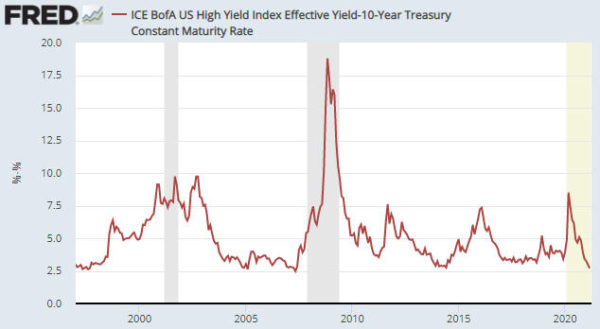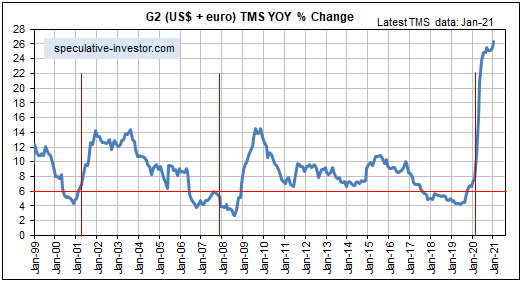Current government debt loads will never be paid off. Instead, new debt will replace expiring old debt. Also, new debt will be issued to pay the interest on existing debt and to finance increased government spending, thus ensuring that the total debt pile continues to grow. At a superficial level it therefore seems as if government debt is neither a cost that will be borne by the current generation of taxpayers nor a cost that will be borne by future generations. After all, how could a debt that no one will ever have to repay be a genuine financial burden?
The mistake that most people make is to assume that the main cost of government debt is associated with the obligation to repay. This assumption leads to the conclusion that if for all practical purposes there never will be a requirement to pay off or even to pay down the debt, then the debt effectively is costless and there really is such a thing as a free lunch. However, the assumption is wrong.
If government debt is purchased by the private sector, then the main cost is actually immediate and is due to the transfer of private-sector investment to government spending. For example, money that would have been invested in building businesses that add to the wealth of the economy is diverted to government programs. In general, politically-motivated spending does not add to the economy-wide pool of wealth. In fact, it often does the opposite.
To put it more succinctly, adding to the government’s debt converts one form of spending, the bulk of which would have been productive in a relatively free economy, to a different form of spending, the bulk of which will be unproductive.
But what if government debt were purchased by the central bank using money created out of nothing? According to MMT, such debt would be costless as long as there was sufficient slack in the economy (as determined by “inflation” statistics).
In this case the cost of the debt is not immediate. In fact, when an increase in government spending is financed via the creation of new money the short- and intermediate-term effects usually will be positive, with the costs only becoming apparent years later in the form of busted bubbles, major recessions and slower long-term economic progress. The most important costs of such policy stem from the falsification of prices caused by the injection of the new money. Many of the investments that are made in response to these misleading price signals turn out to be of the “mal” variety and end up being liquidated.
Summing up, the main cost of government debt has very little to do with the future repayment obligation it implies. If the debt is purchased by the private sector using existing money then the most important cost is an immediate reduction in productive investment, whereas if the debt is financed via monetary inflation then the most important cost will be a long-term reduction in economic progress due to the mal-investment incentivised by the new money.
 Print This Post
Print This Post


